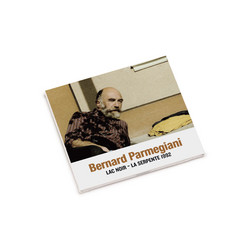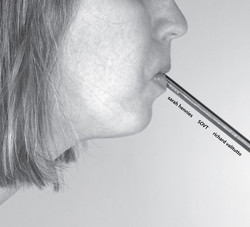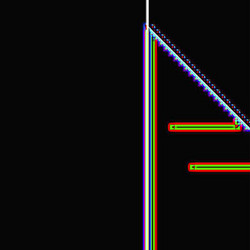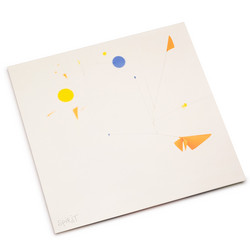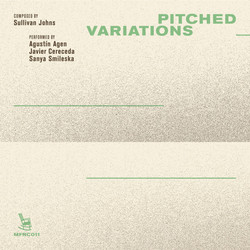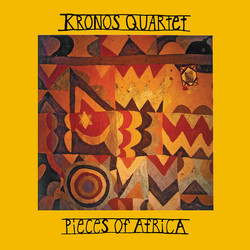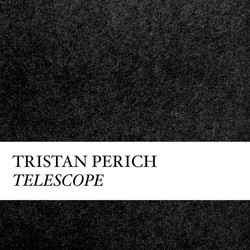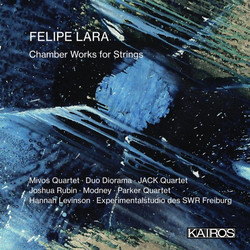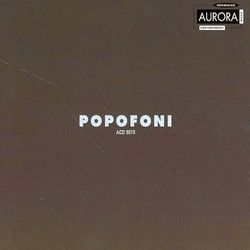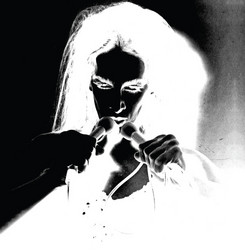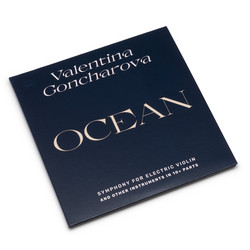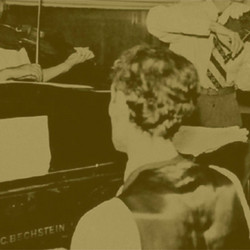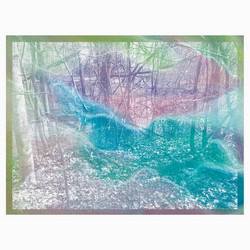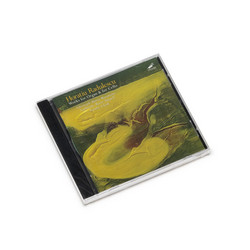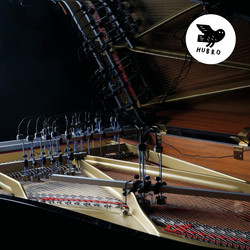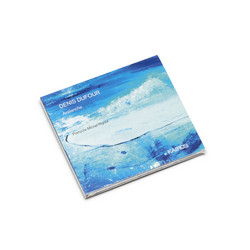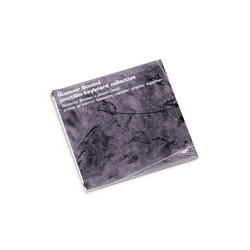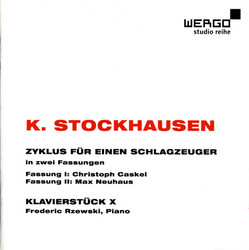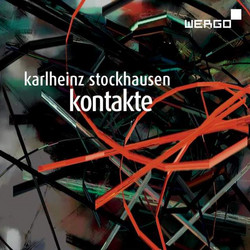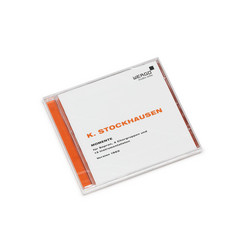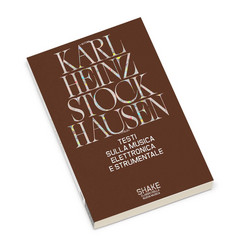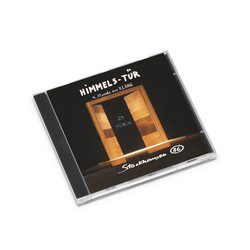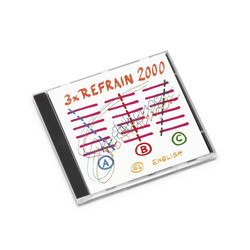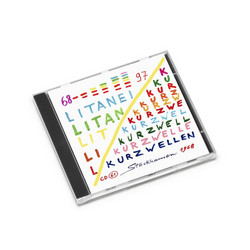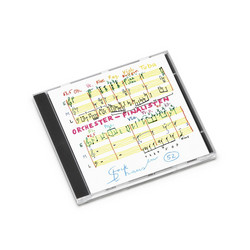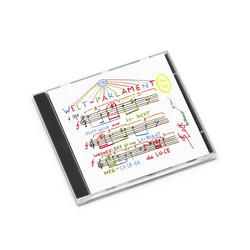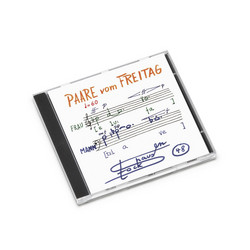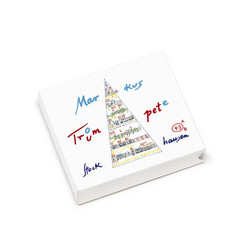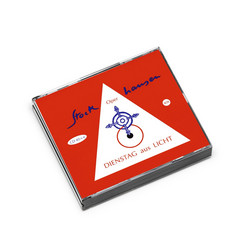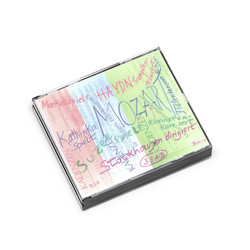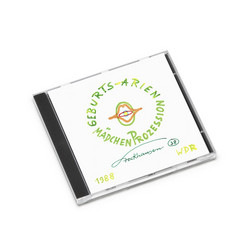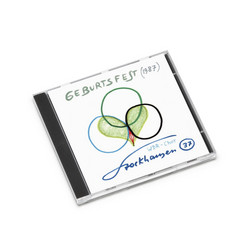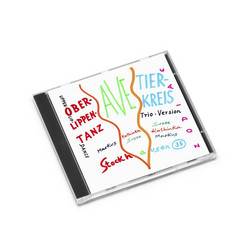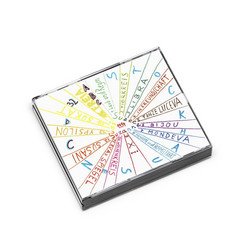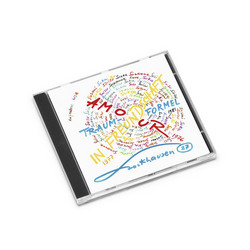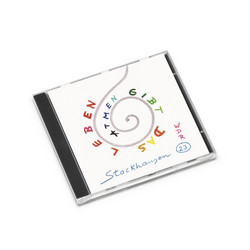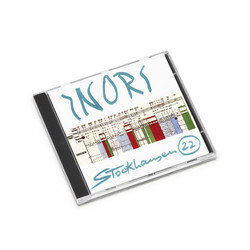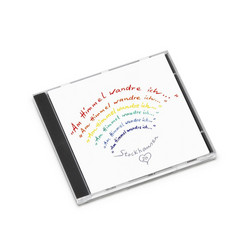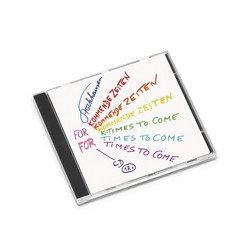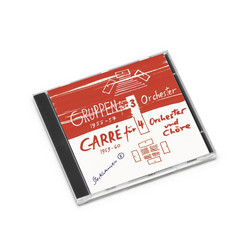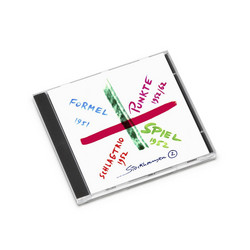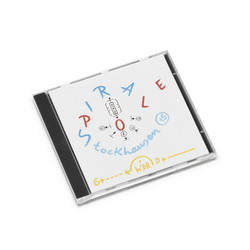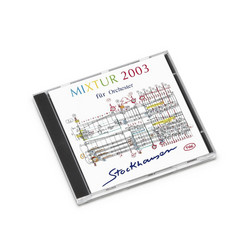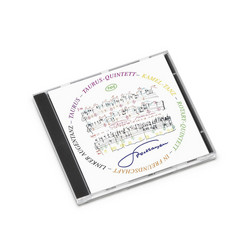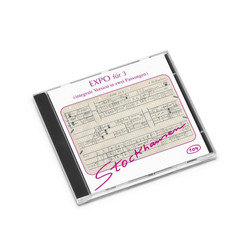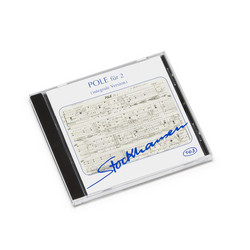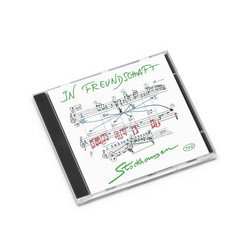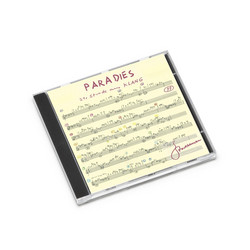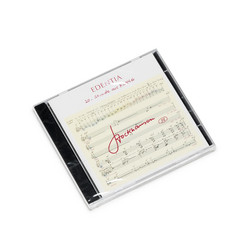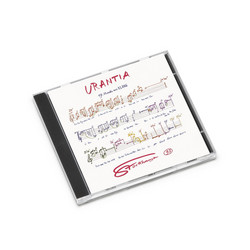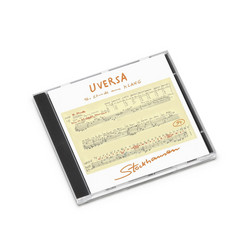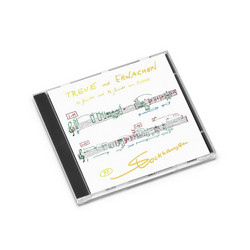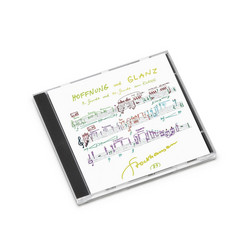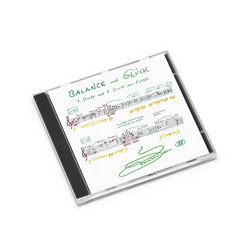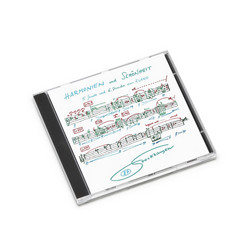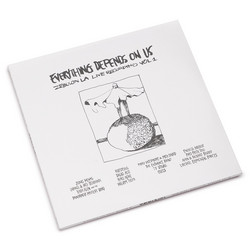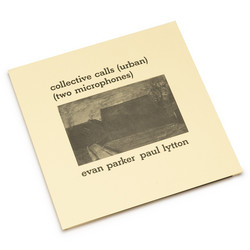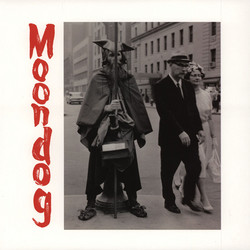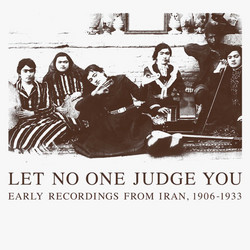*2022 Stock.* Harlekin / Der Kleine Harlekin features the clarinet and dance of woodwind player Suzanne Stephens. These two pieces for soloist are each based on a single formula theme, but with elements and limbs of the theme expanded and transformed at length in different textural explorations. An over-arching narrative theme enfolds the works in a dramatic scenario. Harlekin is a work for a costumed solo clarinetist with a substantial element of performer movement in its score (dance and mime experience is preferred). During this 45-minute solo, the performer takes on 7 roles, such as "Enchanted Dream Messenger", "Playful Constructor", "Enamoured Lyric", "Pedantic Teacher", etc... As each role surfaces, the Harlekin melody progressively reveals itself until it is fully stated in the "Enamoured Lyric". Later on, the movement aspects begin to overwhelm the melody itself (percussive noises from the dance movements are an integral part of the composition, and if dancing is not possible, then an accompanying percussionist can be utilized). Like Mantra and Inori, the music is developed from a melodic formula, which includes organized pitches, durations, dynamics and articulations. This work was dedicated to and premiered by Suzanne Stephens in 1976 (recorded 1978). Both Harlekin and Der Kleine Harlekin are wonderfully lyrical tour-de-force works for clarinet, and are very popular solo recital pieces (especially Der Kleine Harlekin). Surprisingly, for a work from an avant garde composer, these pieces are not dominated by typical extended techniques such as tongue-slaps, multi-phonics, over-blowing, etc... though these do appear when called for. Stockhausen has never been interested in writing solo technique dictionary-type works, and here instead uses a melodic formula to create character-based structural variations. However, an important extra element is of course the sounds created from the various kinds of footsteps. In fact, the footsteps and pantomime elements of these works are integral to the composition, so it's a bit unfortunate that it is not possible to see them when listening to the CD. However, the audio portion of the work is still able to effectively convey the multiple transformations of character in this light-hearted, yet virtuosic and physically demanding work. - Stockhausenspace.blogspot.com

